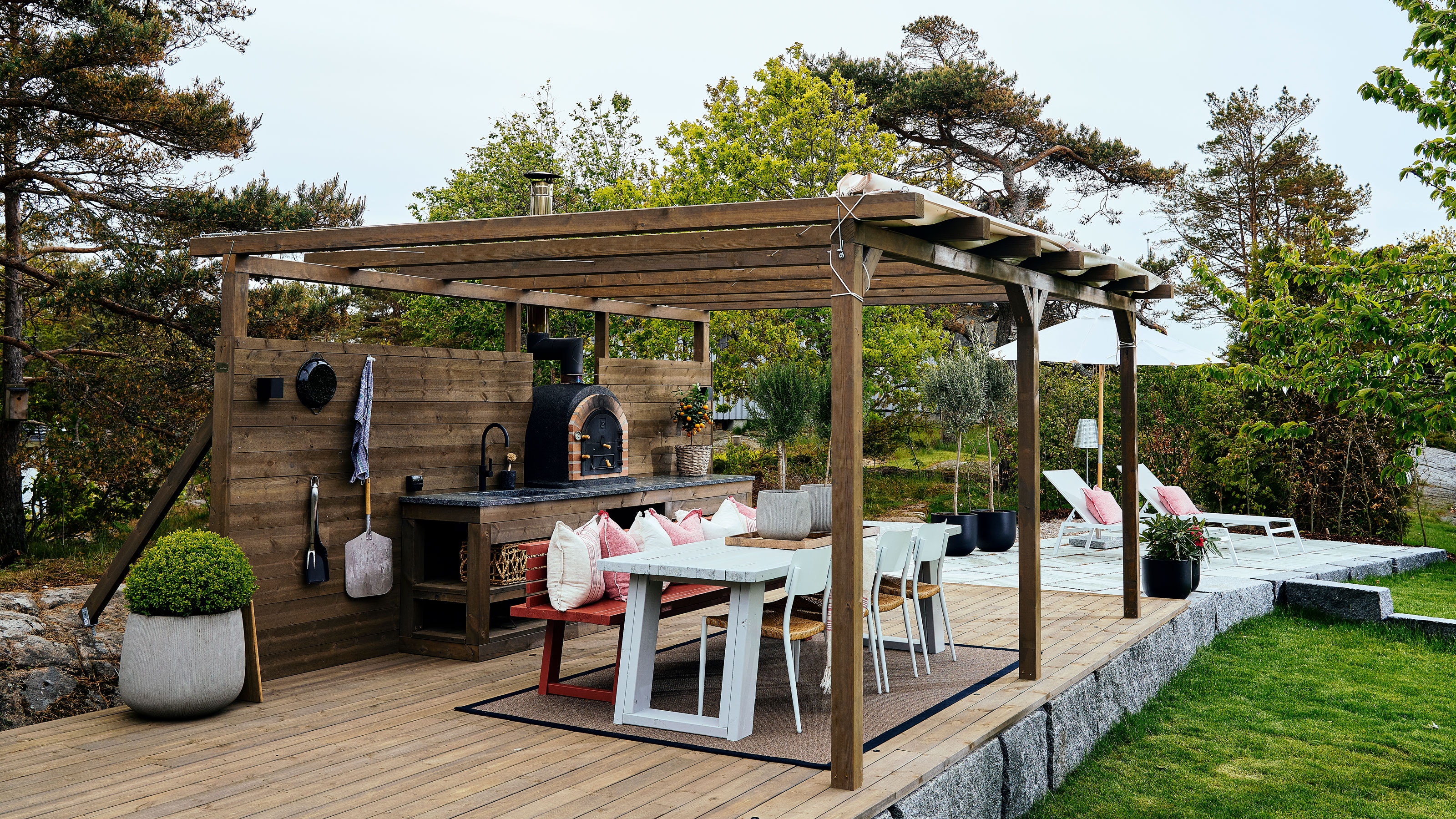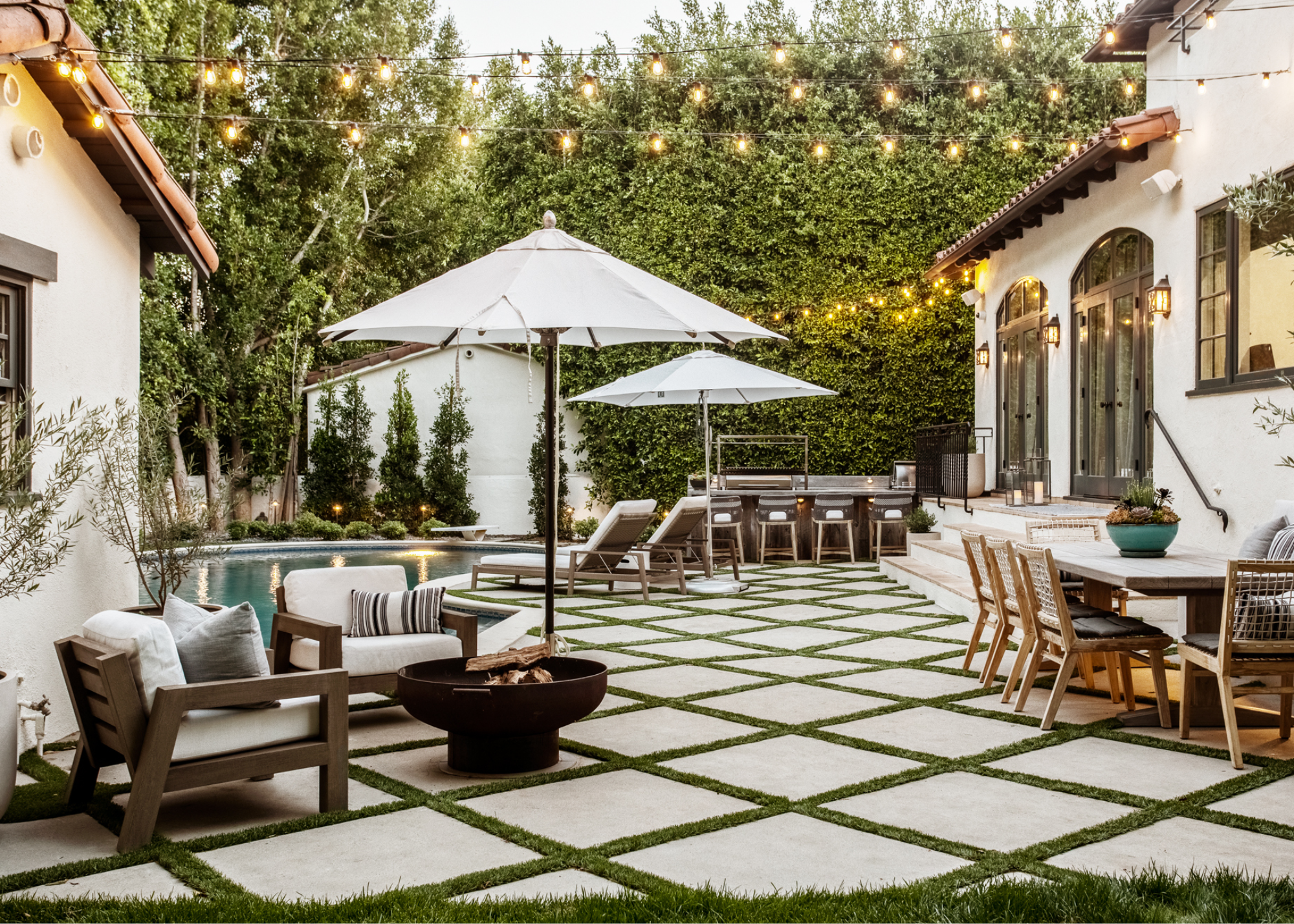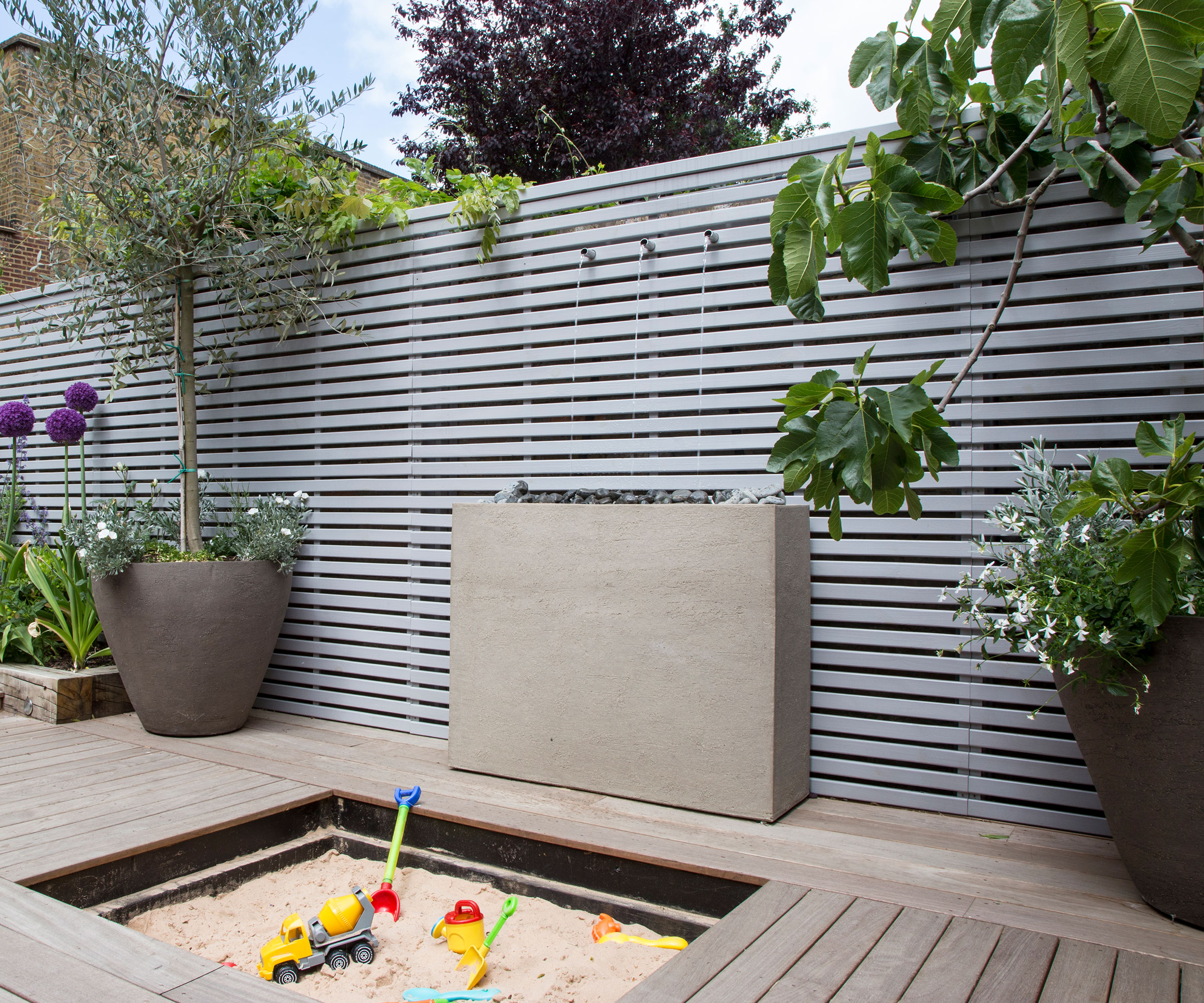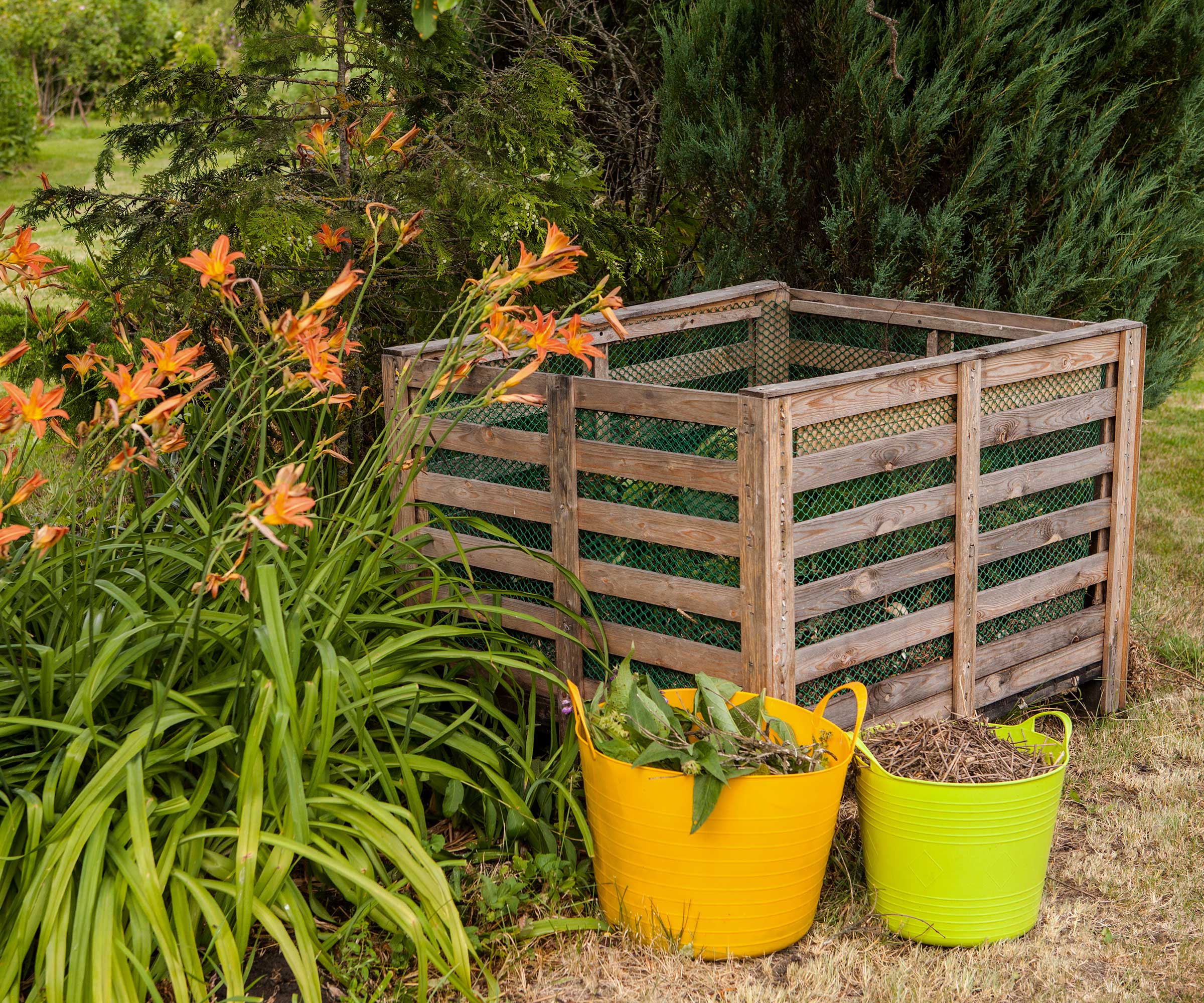5 Spots in Your Garden That Should Definitely Be in the Shade During Hot Weather
Protect yourself and your garden by adding shade to these areas


When the summer heat rolls in, your garden can quickly become a sun trap — and not every corner is built to withstand it. There are parts of your garden that will benefit far more from the cooling comfort of shade. Understanding which areas deserve protection from harsh rays isn’t just about comfort — it’s about safety as well as preserving the beauty and usability of your outdoor space.
Whether you’re entertaining guests, planting seasonal greenery, or creating a child-friendly zone, thoughtful shade planning can make a significant difference. With rising temperatures and more intense sun exposure, savvy garden design increasingly includes elements like pergolas, parasols, and natural tree canopies to protect key areas. Even small gardens benefit from patio shade ideas — not every solution needs to be large-scale or expensive.
From preserving your hydrangeas to ensuring your children don’t overheat during play, here are five areas of your garden that should definitely be kept in the shade during hot weather. It’s time to rethink your sun strategy.
1. Outdoor Dining Area

Shading a dining table is a no brainer in your garden.
Shading your outdoor dining space is essential if you want to create a long-lasting space for summer entertaining. With temperatures soaring, shade ensures that guests can linger comfortably over meals without the discomfort of direct sun exposure.
According to garden designer Agata Henderson, a well-designed shade solution doesn’t just serve a practical function; it can elevate your garden’s aesthetic too. A timber pergola from Habitat with billowy linen curtains, or a vine-covered trellis, can frame your outdoor garden furniture beautifully while offering reprieve from the suns. Sail shades from La Redoute offer a modern, architectural feel, while natural tree cover provides cooling benefits through transpiration.
Ultimately, shade in your outdoor dining space isn’t just about beating the heat — it’s about encouraging longer, more comfortable dining occasions for you to enjoy.
2. Children’s Play Area

Anywhere kids are spending a lot of time should be well shaded.
Children can play for hours outdoors — but they don’t always know when they’ve had too much sun. Providing shade for a garden play area is critical for keeping them safe from heatstroke, sunburn, and fatigue.
The Livingetc newsletters are your inside source for what’s shaping interiors now - and what’s next. Discover trend forecasts, smart style ideas, and curated shopping inspiration that brings design to life. Subscribe today and stay ahead of the curve.
"To keep your children’s play area inviting and safe, try incorporating built-in shade options such as a stretch sail above a sandpit, a wooden garden canopy over a climbing frame, or a playhouse tucked beneath mature trees," says Agata. "Even simple solutions like freestanding parasols from IKEA can offer sufficient protection if the space is flexible. Keep in mind the orientation of the sun throughout the day — early morning and late afternoon light can still be intense."
3. Delicate Plants and Vegetables

Certain planted areas need protection during a heatwave.
While some plants bask in full sun, others struggle under its intensity — especially during extended heatwaves. "Shade is a vital consideration when placing delicate plants or cool-weather crops like lettuce, spinach, kale, and arugula," says Kat Aul Cervoni, landscape designer and founder of Staghorn Living. "These leafy greens are prone to bolting and becoming bitter in hot weather, and a bit of midday shade can extend your harvest dramatically."
Dappled shade — such as that provided by tall, light-canopy trees — is ideal for balancing light exposure without sacrificing growth of your plants. You can also interplant taller crops to create natural shade for more sensitive varieties.
Shade cloth, bamboo screens, and lightweight netting from Amazon are excellent options for temporary or movable shading. For container gardens, use trolleys or planters with wheels from Wayfair to move your most vulnerable plants into shade when temperatures soar.
4. Pet Zones

Give space for your pets to spend time in the shade during hot weather.
"If you have dogs, cats, or even rabbits that spend time outdoors, providing them with consistent, cool shade is non-negotiable in hot weather," continues Kat. "Animals are even more vulnerable to heat exhaustion than humans and can suffer serious health consequences if exposed to high temperatures for too long."
Ensure your garden offers a cool, sheltered spot that your pet can access throughout the day. A shaded dog bed under a tree, or even a shaded corner of the patio can do the trick. Position water bowls from Dunhelm in the shade to prevent them from overheating, and consider investing in cooling mats from Amazon or raised beds for maximum airflow.
Adding a misting system or placing a shallow paddling pool in a shaded area can help lower body temperature on extreme days.
5. Composting and Storage Areas

When you think about it, this makes sense.
While they might not be the most glamorous parts of your garden, your compost bin and storage zones benefit greatly from shade. Compost piles dry out quickly in full sun, making it harder for them to break down organic material efficiently.
Position your composting station along a shaded wall or beneath a pergola for better temperature control. Ideally, compost should remain moist but not soggy, and shaded positioning helps maintain this delicate balance. If natural shade isn’t available, simple structures like a lean-to roof or reed fencing can help regulate temperature and preserve it for continued use.
Garden storage areas, too, can deteriorate quickly when constantly exposed to UV rays. Plastic tool sheds may warp, wooden boxes can crack, and paint or sealants may degrade. Bins and recycling containers left in the sun are also more likely to smell — particularly in hot weather. Adding a simple trellis from John Lewis, vertical living wall, or tall potted plants nearby can create functional shade while maintaining access.
When trying to achieve perfect summer garden, it’s tempting to chase every available ray of sunshine, but thoughtful shaded garden areas are just as important as anything else. By identifying and protecting the five key areas most vulnerable to high heat, you’ll create a garden that’s not just beautiful, but enjoyable through even the hottest days.

Seraphina is a contributing editor at Livingetc, writing Advice features on design, renovation and organisation. Seraphina is a qualified Interior Designer from KLC School of Design having worked at London-based interior design agencies Anouska Hempel and ND Studios. Seraphina has also completed her MA degree in Magazine Journalism at City, University of London, with previous experience including writing for Homes & Gardens, Women's Health, Food & Travel and Fabulous Magazine.